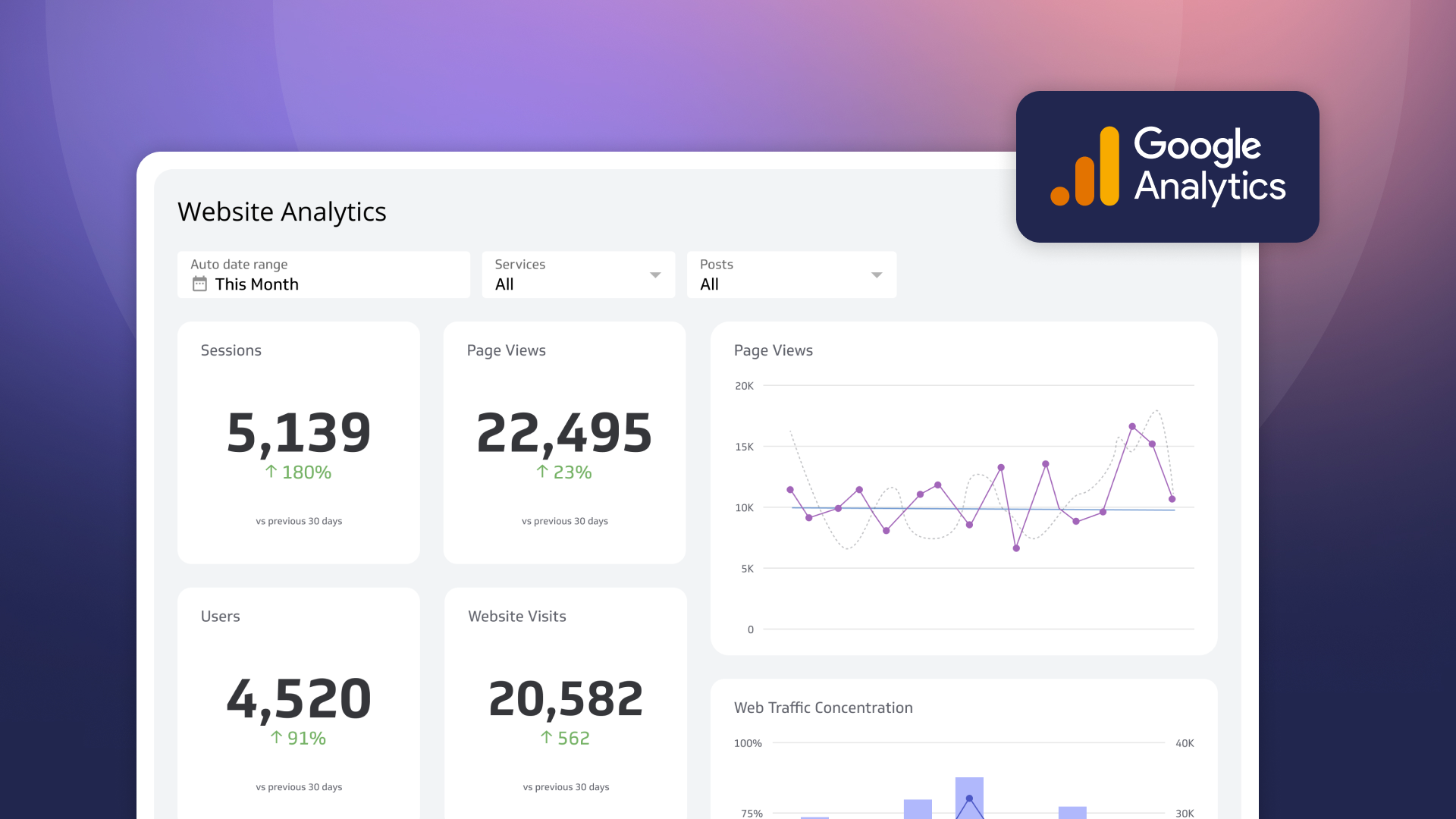High-value vs. Undesirable Backlinks: 8 Tips that Lead to Big Business

Published 2025-04-15
Summary - Backlinks are links from other websites that lead to your site. They signify a vote of confidence to search engines and ultimately lead to big business. High-value backlinks come from a page with a high SEO trust score. Undesirable backlinks come from sources that do not benefit your SEO. Increase website traffic to your page by building high-value backlinks.
Link farm days are gone, but the era of ‘high-value’ vs ‘undesirable’ backlinks is here. Backlinks are links from other websites that lead to your site. They signify a vote of confidence to search engines. They are, in fact, an important element used to assess the worthiness or ranking of your web presence. A top spot in the rankings translates to more website traffic and more business for your brand. Differentiating the good from the bad and managing these babies can be a beast in your search engine optimization (SEO) toolbox.
In the early days of the internet, web editors played the trade game. A group of websites would all link to one another, even if the sites were completely unrelated. This SEO “strategy” intended to trick search engines into thinking that each site was popular enough to be shared across the internet. Some of these websites had pages consisting entirely of random links and barely contained any content at all. It didn’t take long for search engines to get wise and kibosh that sneaky ploy. Today, websites must genuinely earn or build external links if they hope to rise in overall ranking.
Genuine, high-value backlinks and anchor text are great. However, not all backlinks are valuable. On the opposite end of the spectrum lie undesirable backlinks., which add no value to your SEO.
High-value backlinks
High-value backlinks come from a page with a high SEO trust score. A high score indicates that a website creates original, valuable, and trusted content relevant to its genre. Links from one of these sites can be a big boost to your brand, both in reputation and in search engine evaluation. They signal that your website publishes meaningful content that other sites want to share with their users. They’re also indicators that your site is a reputable resource.
Undesirable backlinks
Undesirable backlinks refer to pages that do not benefit your SEO. There are three different types that fit into this designation:
- Links from suspicious websites with low trust scores, poor user reviews, spammy comments linking to your web page, unnatural links, or links from sites with scraped (aka plagiarized) content, to name a few, add no benefit to your SEO.
- Domains that already have links leading to your website may not bring additional SEO benefits because their link juice has already been counted.
- Links that are potentially high-value but need “a bit of work” do not initially give positive SEO benefits. In this case if a backlink originates from a big authority website like a university, hospital, or well-respected organization, but the page is new or has little content, you may not benefit right away. You can “work this link” by sharing a social media post with a link to your mention. The tactic increases traffic and builds a higher social trust to that particular page. As a result, your efforts circle back around because the page begins earning a higher trust score. Working ‘undesirable’ backlinks sometimes spells big business.
8 concrete ways to build high-value backlinks
Backlinks are important and you want lots of them. The tricky thing is that you don’t really build your own backlinks. They (mostly) come from external websites that add hyperlinks to your website. You can, however, build a strong link profile from highly trusted sources. The following list illustrates eight proactive steps to foster high-value backlinks.
- Create unique content
- Do keyword research
- Go after competitor links
- Make friends with other sites
- Offer to give testimonials
- Write guest posts
- Get on review sites
- Create a strategy
- Encourage and foster backlinks from external websites
- Identify all high-value and undesirable backlinks leading to your page
- Reclaim links using a tool to find places that have mentioned your website but have not properly linked to you
- Disavow undesirable links by contacting the company directly and asking them to remove their link(s) to your website. As an alternative you can ask Google not to assess those backlinks as part of your search engine ranking.
This advice could not be more simple: Create good, original content. If you write articles, blog posts, or produce content with unique insights or points of view, then you’re already winning. Be an authority in what you write. Innovative, authoritative, and timely content can be a factor in a higher SEO ranking. Originality—and niche relevance—are your friend. Competing for visitors by using the same content found elsewhere on the internet is pointless. After all, why would someone choose your site over the next if they’re both the same? Good content directly translates to more people seeking out, engaging with, and sharing your stuff. Shared content encourages backlinks, but more than that, it is a form of backlinking in itself.
Know what people are searching for. Use a keyword research tool to do the heavy chore of discovering keywords, monitoring, and analyzing their performance. Once you know what terms users are typing in to search engines, start using those words as inspiration for content. Produce the content people seek and your backlink profile will expand as users find and share that information.
Do a bit of reconnaissance research on your competitors that are ranking higher than you in organic searches (not paid search engine marketing). A backlink checker tool automates this task. If a competitor’s backlinks point to a 404 page, capitalize on those broken links. Contact the web editor linking to your competitor’s page and request that they link to your site instead. Good web editors are happy to remove links directing their users to no-man’s land. Another strategy is to reach out to the companies linking to your competitor, explain that you have a similar or better product offering, and ask if they’d like to link to your page.
Without reverting to the shady practice of randomly linking to anything, be proactive when adding hyperlinks to your own site. When creating content, link to web pages that are relevant to your topic. Afterwards, write to that organization and let them know that they’ve gotten a mention on your website. Many sites consider it a privilege to be referenced and may link to their own mention on your site or share a link to that piece of material on their own social media. Bear in mind that hyperlinking from your site to another is not your backlink—that backlink belongs to the site you’re linking to. However, if the external site does add a link to your content, then you’ve just genuinely earned a backlink.
Offer to write a testimonial for an external site that you’ve done business with or for a partner in your industry. In business, recommendations from other customers or partners are gold. Be sure to send a link to your website along with your testimonial, and, you can even permit them to place your logo on their page with a link back to yours. This same scenario applies if you agree to be the subject of another organization’s customer story or partner story. Leverage those relationships.
Collaborate with others in your industry or with media publishers. It brings a new audience to your brand and indicates that you’re a player in your field. Writing guest posts is also an excellent way to build your own backlinks, in effect. If you write a guest post for another site, not only do you showcase the authority of your organization, but you can also link directly to your own web pages. This can be done by using anchor texts relevant to your organization or simply employing a direct mention to your company in the article. If your organization specializes in building beautiful websites, write a guest blog for a digital magazine and use your website to illustrate examples. You’re not only sharing the expertise of your organization to others, but you’re creating your own backlink.
Find review sites relevant to your industry, to your organization’s career page, or to your product or service offering. Adding your profile automatically creates backlinks to your site. Many sites permit an organization to provide basic company descriptions, web address, and contact details. Take advantage of those opportunities and add your organization’s details. Also encourage customers to write a review or rate you on those external sites.
Create a backlink strategy. It is probably the single most important action to take. A planned approach to backlinks should be a standard part of your overall SEO strategy. Use a link research tool like Siteimprove. It will help you identify the source of backlinks, including their geographic location, URL, influence, and trust scores. This information gives you greater insight into your digital presence and into which organizations are referencing your site. Your strategy should:
Overall, backlinks are a tremendously important factor in your overall SEO. They are not out of your control. Focus on building high-value backlinks and negating the undesirable ones. Tracing every link pointing to your website is the beginning step. Taking the right measures to earn the high values is not only achievable, it may also lead to big business.
Related Articles

How to Build Google Analytics 4 Dashboards in Klips
By Jonathan Taylor — June 6th, 2023
How to use the Google Analytics 4 Query Explorer to export data
By Jonathan Taylor — June 1st, 2023
Unlock Data-Driven Decisions with ChatGPT & MetricHQ
By Nicolas Venne — April 3rd, 2023

